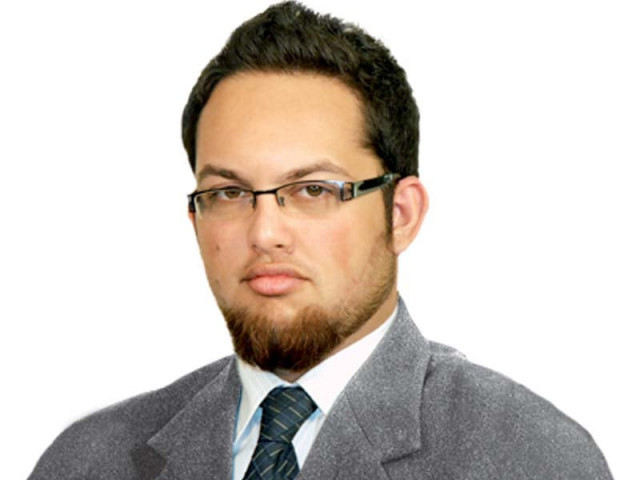Demythologising FATA
Tribal areas seem to be spaces on map that are devoid of humans

Tribal areas seem to be spaces on map that are devoid of humans.
Unsurprisingly, the large body of work that seeks integration of the “colonial frontier” into the “globalised world” cannot seem to break away from its own colonial histories. The analytical failure to do so has not just given birth to a peculiar thought process, which divides rather than integrates, but has nurtured it as well.
The political conservatives that dominate decision-making link globalisation with security to split contemporary geographical divisions into those that can be viewed as the more homely “us” and the “other” is connoted as backward, pathological and dangerous. Those who’re a little more liberal now seek equality, some in ways more radical than the rest.
A wonderful exemplification of the thought process is portrayed in the highly imaginative movie Pirates of the Caribbean.
Lord Cutler Beckett, the Chairman of the East India Company which is filling “the blank edges of the map,” asks William Turner, a friend of the notoriously ambivalent pirate Jack Sparrow, to convince Sparrow to join the company for his freedom or otherwise.
The Federally Administered Tribal Areas (Fata) seem to be spaces on the map that are devoid of humans – spaces that seem to have been kept untouched to bring the imagination of the world to life from time to time. The highly descriptive narratives about the 27,220 square kilometres are marked by violence. There seems to be little or no mention of anything that is possibly close to our times. The dead usually have no names while the living, remain clogged in the anonymous collective noun – tribespeople.
Not much has changed for the “unrestrained” North-West’s Kiplingesque image since the colonisers left and what remains central to the description of Fata even today, is an entire industry of imagination that thrives on it, creating myths by marginalisation. Fata is more like Fata Morgana – the Arthurian sorceress who lures travellers towards death by creating fairies that live in castles in the air.
But like every other myth, this one too has to end someday. The gong to end the special status of Fata has been struck. It is about time that the space is ceded and a more real description of the area is brought about; the absent entities be brought to life so that they too can breathe.
While the older order strives to convince itself that the age of myth has not ended, the newer generation has moved closer to the fringes of the contemporary world. Opening up Fata to the real world is a must if we need the age of mythology to end.
A bill to amend the constitutional status of the tribal areas and merge them with the rest of the country has been submitted in the National Assembly. Ironically, the bill is submitted by Fata lawmakers who as per law cannot legislate for their own areas but can table amendments.
There exist two schools of thought; one believes that Fata cannot be part of Khyber-Pakhtunkhwa and should be made into a separate province, while the other favours the merger. But nevertheless, a consensus will soon end the ‘mythological’ status of Fata. The ideal would be to let the people of the area decide for themselves, so that the first step towards abolishing colonial structures tastes like freedom, both literally and metaphorically.
As Robert Kaplan pointed out in the introduction of his magnum opus, The Revenge of Geography, “We can send satellites into the outer solar system – and even financial markets and cyberspace know no boundaries – the Hindu Kush still constitutes a formidable barrier.” The question then lies within our own boundaries; how far are we willing to go?
Published in The Express Tribune, September 16th, 2015.













COMMENTS
Comments are moderated and generally will be posted if they are on-topic and not abusive.
For more information, please see our Comments FAQ